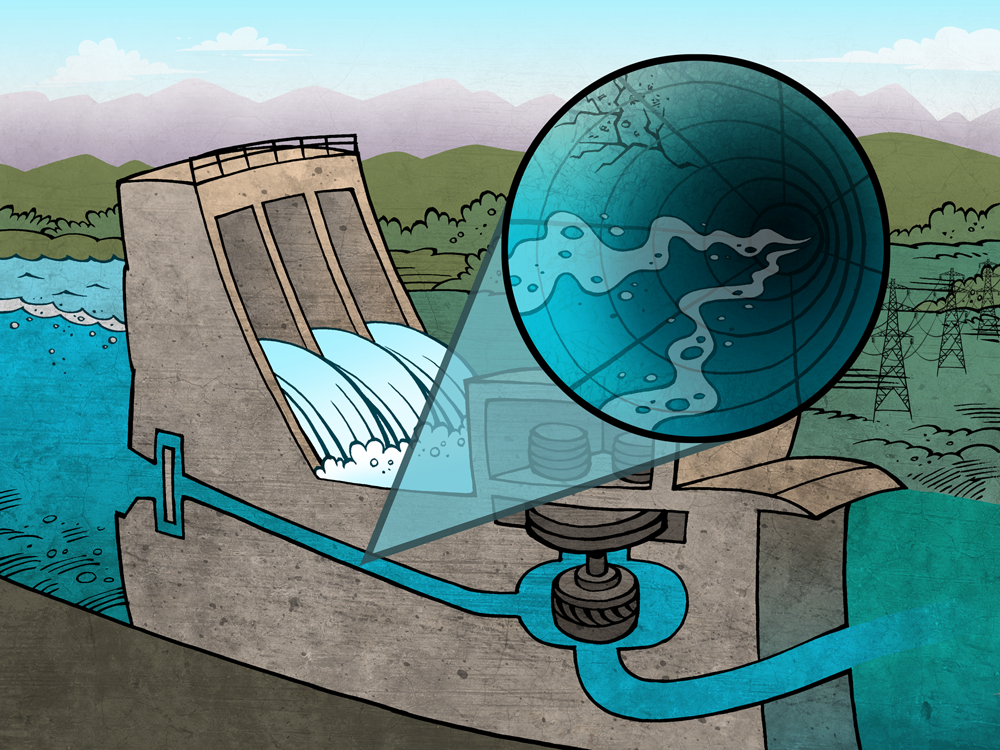Inspecting Hydropower Plants: Unleash the Robots

EPRI Sizes Up Autonomous, Underwater Inspector-Bots
EPRI research sees significant potential to better inspect hydroelectric plants’ underwater structures with autonomous, untethered vehicles. Research also points to the need for additional technology development.
A survey of government agencies, hydropower operators, utilities, and electric cooperatives identified the need for such vehicles to inspect tunnels and penstocks. This can replace the use of divers and help mitigate related safety hazards. Tethered vehicles today can travel only limited distances in hydro plants’ tunnels.
To assess the state of the technology, researchers looked far afield, in oceanography, disaster recovery, oil and gas exploration, and other industries. They found 40 manufacturers, 16 inspection companies, and approximately 280 vehicles of various sizes, shapes, and capabilities, along with a range of sensors such as cameras, lasers, sonars, and pressure monitors.
For hydropower inspections, EPRI has active projects to adapt the vehicles, tracking and positioning systems, and sensors, followed by demonstrations at a hydropower facility. Work is also aimed at improving processing and analyzing such inspections’ large data sets.
Hydropower provides zero-emissions electricity and its flexible dispatch supports intermittent wind and solar energy. But the aging U.S. hydropower fleet could serve a diminishing role unless better inspection and maintenance can improve its cost-effectiveness. The U.S. Energy Information Administration reports that 85 gigawatts of the United States’ 100 gigawatts of hydropower capacity were more than 30 years old as of 2010.
Artwork by Kirk Anderson

